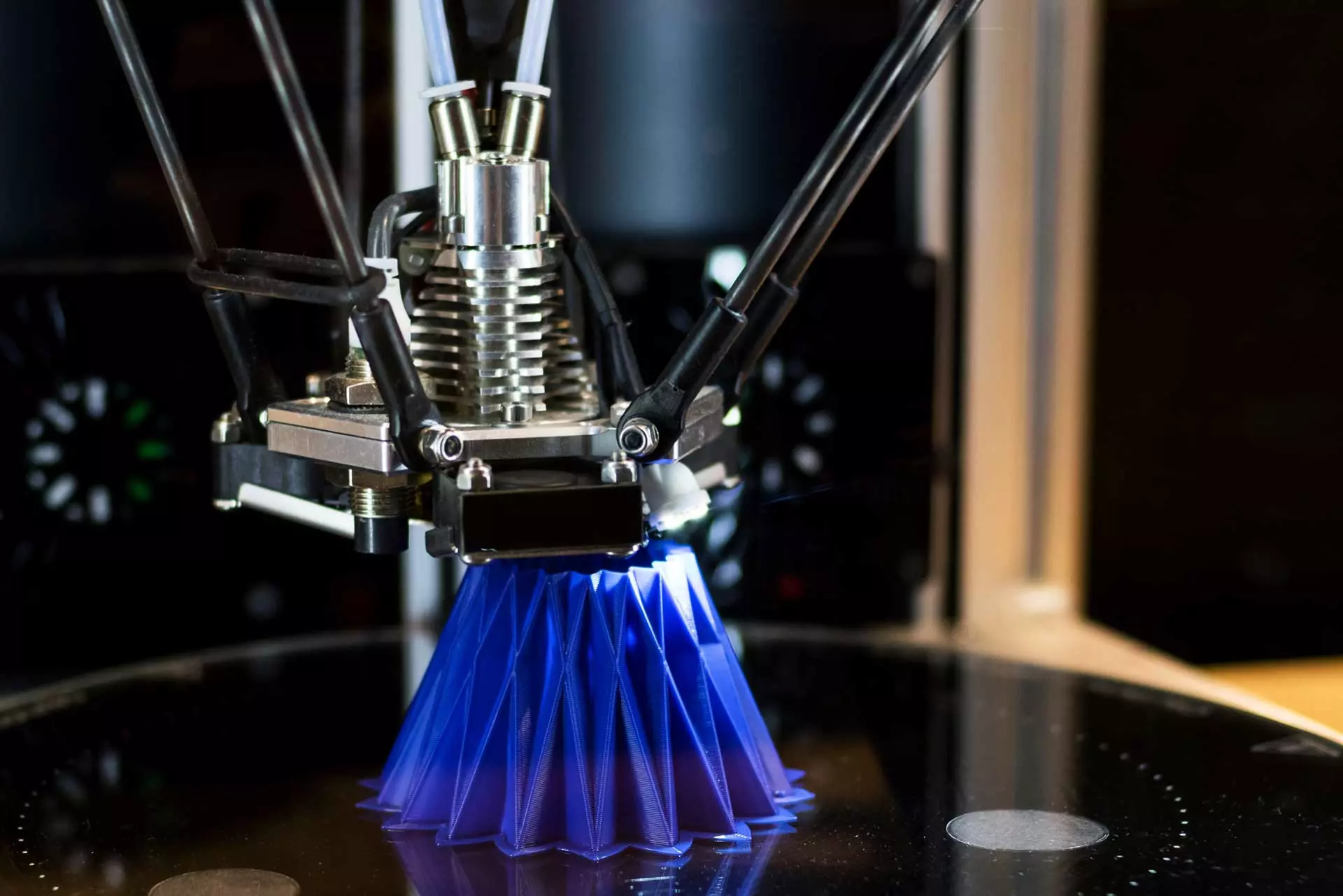The Acousto-Optic Effect (AO) is caused by periodic regions of lattice compression and rarefaction of crystal lattices when subjected to an acoustic wave, leading to light being diffracted at specific angles of incidence thm.
This study seeks to investigate factors affecting the efficiency of acousto-optic interaction within an antiphase piezoelectric transducer acoustic field created through spatial periodicity.
This study seeks to investigate factors affecting the efficiency of acousto-optic interaction within an antiphase piezoelectric transducer acoustic field created through spatial periodicity.
Isotropic
Optics and acoustics studies rely on isotropy as a term to refer to properties that remain constant when measured from any direction, in contrast to anisotropy, which refers to differing properties depending on where measurements take place. Isotropy provides mechanical properties with consistent strength regardless of orientation while it can also help determine an AO device’s performance by considering an isotropic dependence of its performance.
Optic isotropy can be achieved when an optical beam passes through a medium with uniform refractive index in all directions, typically accomplished using a phase-matched crystal with both input and output polarizers as shown below. Acoustic waves interact collinearly with incident optical waves in this configuration, leading to narrow bands of wavelengths which can be separated using an output polarizer.
However, this type of acousto-optic filter should only be applied with radio-frequency (RF) signals with frequencies close to that of optical signals. Furthermore, its exact polarization must match that of the RF signal for optimal collinear interactions to occur.
For most acousto-optic interactions, for optimum performance. This is due to how non-sectioned transducer waves interact differently with diffraction patterns than sectioned ones resulting in significant loss of diffraction efficiency and frequency selectivity.
Due to their varied angles of propagation axis, sections of an acoustic field that form the diffraction pattern have different angles that contribute to its overall AO effect. A sectioned acousto-optic interaction can be tailored so that individual sections’ diffraction patterns are optimized for specific angles of light incidence; making the overall effect more effective.
Isotropic AO interactions are frequently applied in acousto-optic tunable filters (AOTF), whereby desired wavelength of an RF input signal can be controlled by tuning frequency of its acoustic input wave. An isotropic AOTF design employs an acousto-optic crystal with dispersive properties dependent upon wavelength and frequency. By altering length, dispersive effects of an AO crystal can be altered, thus making the filter adjustable to specific acoustic frequencies.
Another effective isotropic acousto-optic interaction utilizes a sectioned transducer to generate an acoustic field with uniform directional characteristics, similar to that of an acousto-optic resonator design, but with slightly different geometry. The fields created within this type of transducer are tailored for specific Bragg angles of light incidence; hence optimizing its effect as efficiently as possible for this AO device such as deflectors, video filters or other applications that need precise angular responses from this design.
Optic isotropy can be achieved when an optical beam passes through a medium with uniform refractive index in all directions, typically accomplished using a phase-matched crystal with both input and output polarizers as shown below. Acoustic waves interact collinearly with incident optical waves in this configuration, leading to narrow bands of wavelengths which can be separated using an output polarizer.
However, this type of acousto-optic filter should only be applied with radio-frequency (RF) signals with frequencies close to that of optical signals. Furthermore, its exact polarization must match that of the RF signal for optimal collinear interactions to occur.
For most acousto-optic interactions, for optimum performance. This is due to how non-sectioned transducer waves interact differently with diffraction patterns than sectioned ones resulting in significant loss of diffraction efficiency and frequency selectivity.
Due to their varied angles of propagation axis, sections of an acoustic field that form the diffraction pattern have different angles that contribute to its overall AO effect. A sectioned acousto-optic interaction can be tailored so that individual sections’ diffraction patterns are optimized for specific angles of light incidence; making the overall effect more effective.
Isotropic AO interactions are frequently applied in acousto-optic tunable filters (AOTF), whereby desired wavelength of an RF input signal can be controlled by tuning frequency of its acoustic input wave. An isotropic AOTF design employs an acousto-optic crystal with dispersive properties dependent upon wavelength and frequency. By altering length, dispersive effects of an AO crystal can be altered, thus making the filter adjustable to specific acoustic frequencies.
Another effective isotropic acousto-optic interaction utilizes a sectioned transducer to generate an acoustic field with uniform directional characteristics, similar to that of an acousto-optic resonator design, but with slightly different geometry. The fields created within this type of transducer are tailored for specific Bragg angles of light incidence; hence optimizing its effect as efficiently as possible for this AO device such as deflectors, video filters or other applications that need precise angular responses from this design.












